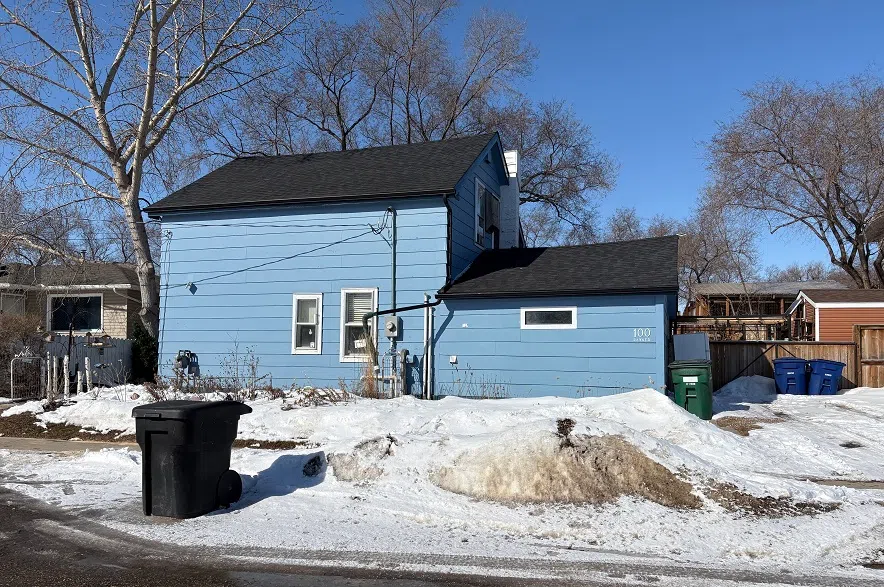Television show “Staying Wild” — filmed at Saskatoon’s Living Sky Wildlife Rehabilitation — is now airing on the National Geographic Wild channel after being picked up by the network.
The show, which airs in Canada on City TV, is called “Wildlife Rehab” on the U.S. channel and began screening there at the end of March.
Read more:
- WATCH: Hundreds of deer and elk cause daily damage to Plunkett farm
- Lac La Ronge Chief concerned about wild pig find in northern Sask.
George Tsougrianis, one of the show’s producers, said one of the first things that stood out to him is that the facility is located in Saskatoon.
“You would think most wildlife rehabilitation places would be somewhere in a rural setting,” he said. “But in this particular instance it’s actually right in the city.”
Living Sky Wildlife Rehabilitation is a non-profit organization located in the Sutherland neighbourhood.
“In fact, if you were to drive up and you were to look at it, it looks like a normal house from the outside,” said Tsougrianis. “But when you go inside … you see a very different fixture .. it basically does say wildlife rehabilitation.”
Tsougrianis said this is because there are wildlife enclosures everywhere you look.
Tsougrianis said the show follows Jan Shadick and the team at Living Sky during their busy time of year “which is essentially from May to August.”
“We produce six half-hour episodes and .. the really cool thing about the show is that we don’t necessarily work from a script.”

A TV crew shooting the construction of a badger cage at Saskatoon’s Living Sky Wildlife Rehabilitation. (Staying Wild Productions Inc./National Geographic)
Tsougrianis called it a very organic show and said that everyone’s compassion for the animals is what makes the show what it is.
“The focus is about the animals and trying to rehabilitate them,” he said.
“If you really look at what’s happening it’s as much about the humans as anything — the compassion that people have for the wild animals if they … see (them) wounded and then bring it into the centre.
“They will do everything they humanly can to try to save it.”
Tsougrianis said he wished the show would be able to show off all the other work the facility — which operates solely on fundraising, donations and the occasional grant — has to do to stay afloat each year.
During the show’s first season Tsougrianis said the group was introduced to Blue Ant International, a distribution company that sells local shows to other markets.
“It wasn’t until having a bit more of an inventory — because now we have potentially 12 episodes and soon to be 18 — that the larger opportunities started to present themselves.”
Tsougrianis credits co-producers Hannah Hermanson and Ell McEachern with helping to open the door to Blue Ant, which eventually led to the show beoing picked up by National Geographic Wild.
The show has two seasons already on City TV, with the third season set to start airing on that channel on April 7.
— with files from CKOM News
Read more:












